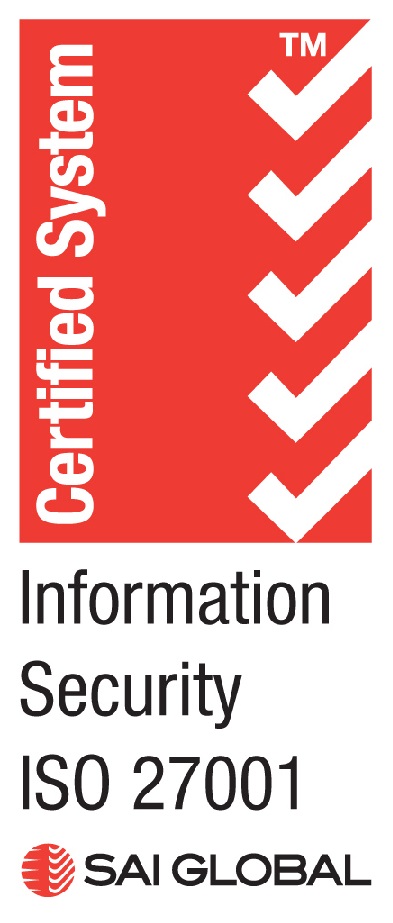4 Best Practices in Cloud Security
4 simple tips to improve the security of your cloud-based environment
t
We trust cloud services more now than ever before for everything from communication to permanent data storage. Security risks have always been a prevailing issue when it comes to cloud computing technology, but it’s something you can ultimately have a lot of control over. With the right amount of planning and good technology, cloud based environments can remain convenient and secure.
Here are 4 simple tips to improve the security of your cloud-based environment.
Ensure Effective Governance and Security Policies
Organisations that use cloud services need to understand the environment they’re operating in. This helps them to avoid commercial, technical, legal, financial, and compliance risks.
Establish security and compliance policies and procedures to protect your organisation’s assets and intellectual property in the cloud environment. Depending on your organisation and the sensitivity of your data, you should ensure that your provider has a strong certificate management system. They should support multi-factor, mutual and/or biometric authentication to access your online data.
Encryption
Encryption is currently the best way to protect your data. It’s a simple process that involves creating a password for a file that is being moved to the cloud. Once it’s there, you can’t access or see it without knowing the password.
There is a variety of software that will allow you to zip files and encrypt them with a password, with varying levels of security. The more complicated the software is, the higher level of security it will generally provide. Some cloud services can provide local encryption of your files in addition to storage and backup.
Managing Passwords
Despite constant warnings, not enough organisations are serious enough about passwords. Weak passwords are a frequent cause of data breaches and other attacks, with studies estimating that 90 percent of passwords can be breached. Ensure you have unique passwords for everything being accessed and that they are complex enough to be secure. That means using unorthodox combinations of upper and lower case letters, numbers and symbols.
A better solution is to add other methods of authentication so that you’re not relying on the password alone for security. You can get software that will track IP addresses used to access files. This will notify you if your files are being accessed from an unfamiliar address. Other organisations use other methods of multi-factor authentication, such as a text message with a unique code to type in along with a password.
These measures are also useful to protect against malicious insiders. The biggest threat of a data breach comes from a current or former employee, rather than an outside hacker.
Managing People and Roles
Implement active monitoring and establish an access management policy within your organisation. Your cloud provider should have a secure system for managing unique identities for their users and services.
The Identity and Access Management function should always monitor and log user access to the platform, regardless of their role or entitlement. Effective log management is necessary for security, auditing and compliance. A log manager should actively monitor traffic, activity and changes in cloud infrastructure through these logs. This is essential for determining the cause of any outages or breaches that occur.
At CodeBlue, we provide a range of IT solutions to businesses nationwide across Auckland, Wellington, Christchurch, from cloud and security services to data backup and recovery options. We have recently developed a world class cyber security solution that makes easy to identify and implement a level of protection that is appropriate for your business. Contact us for more advice or information about our cyber security services.
Need more information?
Get in touch with us
